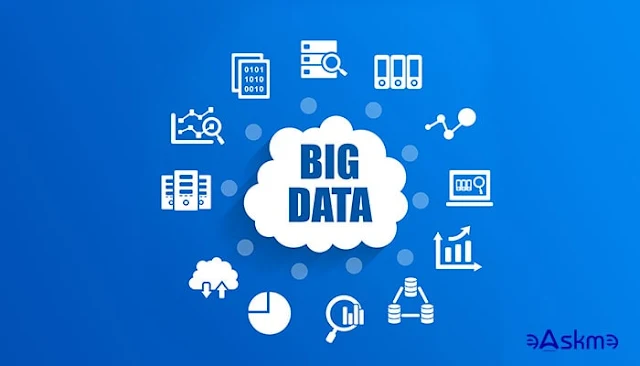 |
| Tips for Organizing Big Data: eAskme |
Other people are reading: Data Is the Next Big Thing in Content Marketing
Surprisingly enough though is the fact that institutions looking to implement big data and retailers of the solution tend to undermine the necessity of preparing data. Too much focus is always paid to the hardware and software structures due to their complexities, which undermines the need to adjust data.
Nevertheless, organizations may have adopted big data but are yet to notice any notable changes within the business.
The underlying problem could be caused by lack of proper cleaning of the data for problem solving. Taking a look at the Active Wizards website, one can see that big data engineers can help develop a step by step approach to preparing data.
Tips for Organizing Big Data
Choose Your Policy Sets
Having a good idea of what is required for your company to make proper decisions is the first step. These policies will help you determine the data set needed to realize that decision, how the data will be transformed and conclusively the efficient and fitting analytical methods to give timely and useful outcomes.Defining the required outcome makes the procedure of cleaning data smoother and more manageable.
Identify Data Pools from Where to Source Needed Data
Knowing in advance all the places to get the data required is not feasible. However, it is possible to identify the principal data sources that will be used. Apart from pinpointing the data type available, it will also help to choose the kind of data cleaning technique needed.Choose the Best Tech for Data Cleaning Needs
When choosing a solution for your data cleaning needs, you should also ensure it will provide a solution to feeding the data to the present analytic tools within your enterprise. It is critical that the data preparation innovation develops a program that can be accessed by everybody in order to provide access to the prepared data.Through this, the analytical tools will produce decisions consistent across all departments based on the same data set.










